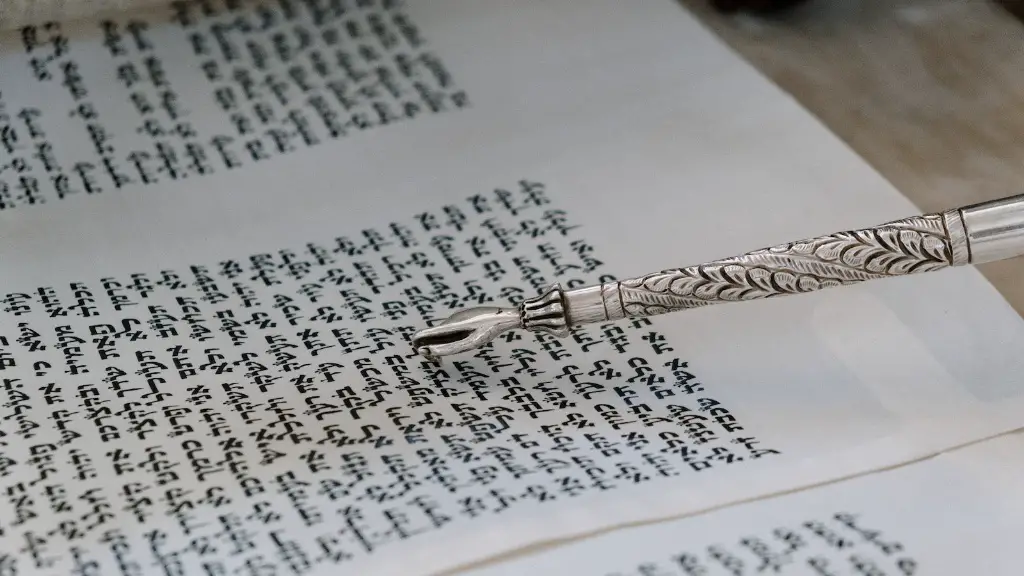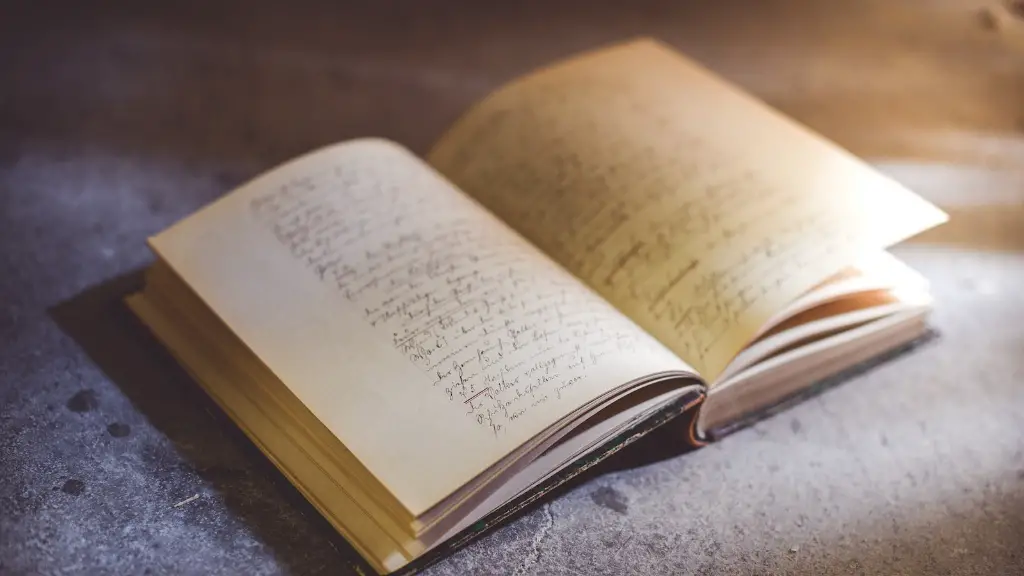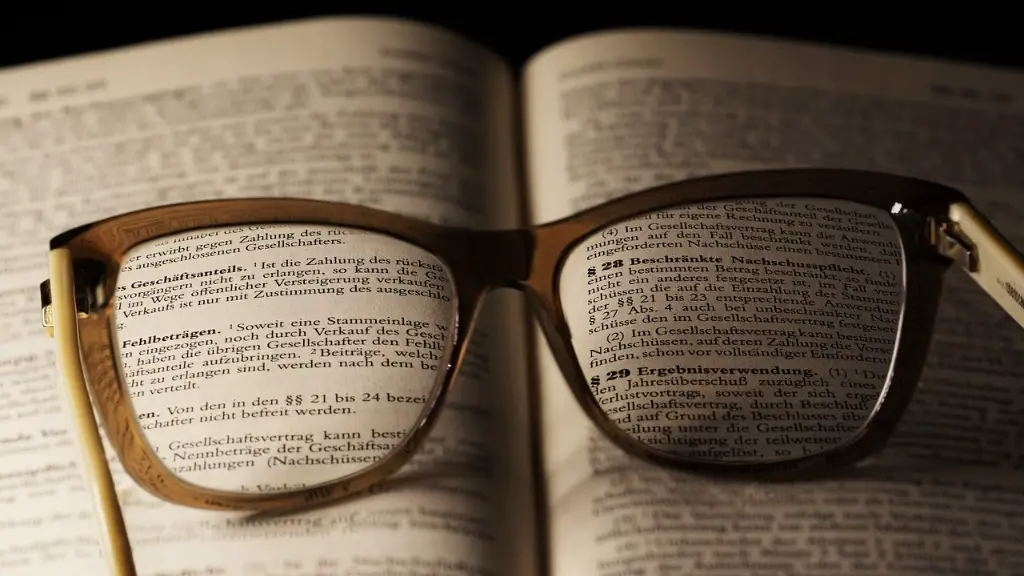Narrating the Poem
It is a must for any poetry analysis essay example to narrate the poem at the start. Writing a poem analysis essay requires one to take a more in-depth look at both the choices that a poet made and the overall effect that these choices have on the poem.
The narrator should discuss the theme of the poem and the poetic devices. Additionally, it is important to analyze the form and structure of the poem and to look at any images that the poet may have used. In a poem analysis essay, one must take the time to read and analyze the language and the figures which the poet has used to get the message across.
Interpretation of the Poem
The interpretation of the poem is a crucial component of a poem analysis essay. In this section, one needs to determine what the poem is trying to say with its language choices, images and narrative. It is important to look at how the poet conveys the meaning and message behind the poem and which literary devices they have used in order to get the message across.
For instance, if the poem has a metaphorical language, then the analysis should focus on how this device helps the poet convey their meaning and message. If there are complex images or symbols in the poem, then the analysis should discuss how the poet uses these to enhance the poem’s overall meaning. Understanding the language patterns, structure and form of the poem is also important in terms of interpreting its core message and theme.
Analyzing the Tone and Mood of the Poem
In a poetry analysis essay example, the tone and mood of the poem are also essential elements that must be analyzed. The tone is the overall feeling and atmosphere that the poem conveys. The mood, on the other hand, is the portrayal of the atmosphere the poem paints which is the feeling the reader experiences.
In order to analyze the tone and mood of the poem, one must look at the language used and the context of the poem. For instance, a poem that is written with a sombre and reflective tone will most likely convey a feeling of grief and sadness. On the other hand, a poem written with a playful and witty tone will convey a feeling of joy and happiness.
Structure and Form of the Poem
The structure and form of the poem is also an important factor to consider when analyzing a poem. This includes the poem’s rhyme, metre, number of stanzas and its overall length. Looking at the poem’s structure and form allows the reader to gain an understanding of the poet’s intent.
One should look at the use of repetition, enjambment and the words that the poet uses when attempting to understand the structure and form of the poem. Additionally, the analysis should include discussion of the poem’s form, such as whether it is a sonnet, a ballad or a villanelle.
Plot Analysis of the Poem
The plot of the poem is also an important factor to consider when analyzing a poem. The plot involves the sequence of events that take place in the poem, such as rising action, climax, resolution and denouement. Looking at the poem’s plot allows one to gain an understanding of how the poet structured their work in order to convey their message.
One should look at how the events of the poem unravel and how they are connected and related to each other in order to understand the poem’s plot. Additionally, it is also important to look at the conflict and resolution in the poem as well as the themes that the poet explores.
Analysis of the Poet and Their Style
It is also important to analyze the poet and their style when analyzing a poem. This includes looking at the poet’s background, influences and life experiences. By looking at the poet’s background, one can gain an understanding of the context in which the poem was written, as well as how the poet’s life experiences influenced their writing.
Furthermore, it is also important to analyze the poet’s writing style. This includes examining the poet’s use of language, imagery and symbolism, as well as the themes and motifs which the poet employs in their work. This helps one to gain an understanding of the poet’s intent and purpose when writing the poem.
Link Between the Poem and Other Texts
When analyzing a poem, one should also consider the link between the poem and any other texts. This includes looking at the theme, imagery and narrative of the poem and comparing it to other works in order to see how the poem is similar or different. By looking at the connections between different texts, one can gain an understanding of the poem’s place in the literary canon and how it relates to other works.
Technology and The Poem
In this era of technology, modern readers are now able to experience and interact with poetry in ways that were not previously possible. Technology has enabled fans to easily access, share and discuss poetry. It has also enabled poets to reach a wider audience, as well as facilitating the production of digital collaborations between various artists.
Additionally, technology has enabled new forms of creative expression through the use of digital media, such as video and audio. This has given poets a new platform to express their creativity and ideas, as well as creating more opportunities for collaboration.
The Digital Revolution of Poetry
The digital revolution of poetry has resulted in the emergence of various digital platforms that enable poets to publish their work. These platforms include social media, websites and blogs, which has allowed poets to reach a global audience. Furthermore, these platforms have enabled poets to connect with one another, promoting a greater sense of community among poets.
Technology has also enabled poets to experiment with different forms and styles of poetry. For instance, poets can now use visuals to create multimedia pieces that combine different elements of art, such as animation and sound. Additionally, technology has enabled poets to create interactive after works- such as hypertext poems- that enable readers to navigate the poem in different ways.
Conclusion of the Digital Revolution
In conclusion, technology has changed the way that poetry is read, shared and experienced by modern readers. Digital media has enabled poets to reach a wider audience as well as creating more opportunities for collaboration. Technology has also enabled new forms of creative expression through the use of digital media and has facilitated the production of digital collaborations between various artists.


